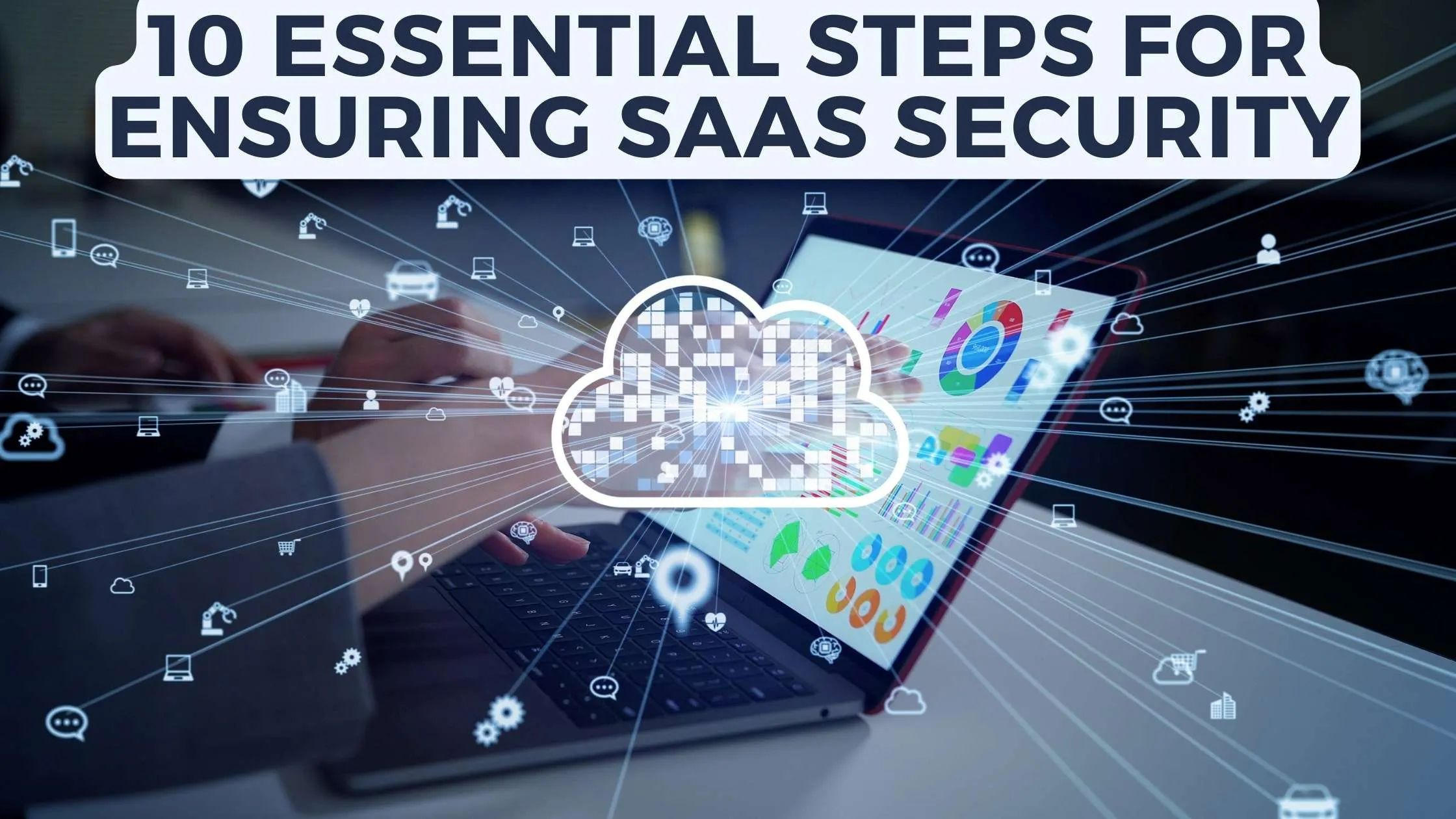10 Essential Steps for Ensuring SaaS Security
- WebOps Platforms Bug Tracking & Feedback Software Web Development & Design


10 Essential Steps for Ensuring SaaS Security
As businesses increasingly rely on Software as a Service (SaaS) solutions, ensuring robust security measures becomes paramount. In this comprehensive guide, we’ll explore the essential steps to fortify your SaaS security and protect sensitive data.
Understanding the SaaS Security Landscape
1. Conduct a Comprehensive Risk Assessment:
Before implementing security measures, conduct a thorough risk assessment. Identify potential vulnerabilities, understand the value of your data, and assess the impact of a security breach.
2. Implement Multi-Factor Authentication (MFA):
Strengthen user authentication by implementing MFA. Require users to verify their identity through multiple steps, such as passwords, security questions, and one-time codes.
3. Regularly Update and Patch Systems:
Keep your SaaS applications and systems up to date. Regularly apply security patches and updates to address known vulnerabilities and enhance the overall security posture.
4. Encrypt Data in Transit and at Rest:
Encrypt sensitive data both during transmission and while stored. This ensures that even if intercepted, the data remains unreadable without the appropriate encryption keys.
5. Establish Clear Access Controls:
Implement strict access controls to limit user permissions based on their roles. Regularly review and update access levels to prevent unauthorized access to critical data.
6. Monitor User Activity:
Implement robust monitoring tools to track user activity within SaaS applications. Unusual behavior patterns can be indicative of a security threat, allowing for early detection and response.
7. Conduct Regular Security Training:
Educate employees on security best practices. Regular training sessions help users recognize phishing attempts, understand the importance of strong passwords, and stay vigilant against potential threats.
8. Perform Regular Security Audits:
Conduct regular security audits to evaluate the effectiveness of your security measures. Identify weaknesses, address compliance issues, and continuously improve your SaaS security strategy.
9. Have a Data Backup and Recovery Plan:
Develop a robust data backup and recovery plan. Regularly back up critical data and test the restoration process to ensure business continuity in the event of data loss or a security incident.
10. Collaborate with a Trusted SaaS Security Provider:
Consider partnering with a reputable SaaS security provider to enhance your overall security posture. Leverage their expertise, tools, and insights to stay ahead of evolving security threats.
SaaS Security Checklist: Relevant Tools
As you embark on fortifying your SaaS security, consider incorporating these tools into your security checklist:
- Subscribed.FYI: Manage your entire SaaS stack efficiently with Subscribed.FYI. Access insights, compare tools, and unlock exclusive deals to optimize your subscription expenses.
- Okta: Okta provides identity and access management solutions, including single sign-on and MFA, to secure user authentication across various SaaS applications.
- Cloudflare: Secure your applications with Cloudflare’s web application firewall and DDoS protection, enhancing the overall security of your SaaS environment.
- Netskope: Netskope offers cloud security solutions, including data loss prevention (DLP) and threat protection, to safeguard your data within SaaS applications.
- Varonis: Varonis specializes in data security and analytics, helping you monitor and protect sensitive data stored in SaaS platforms.
Conclusion: Fortifying Your SaaS Security
Ensuring SaaS security requires a proactive and multifaceted approach. By following these ten essential steps and leveraging the right tools, you can establish a robust security framework to protect your organization’s valuable assets.
With Subscribed.FYI, not only can you optimize your SaaS expenses, but you can also access valuable insights to make informed decisions about the security tools in your stack.





